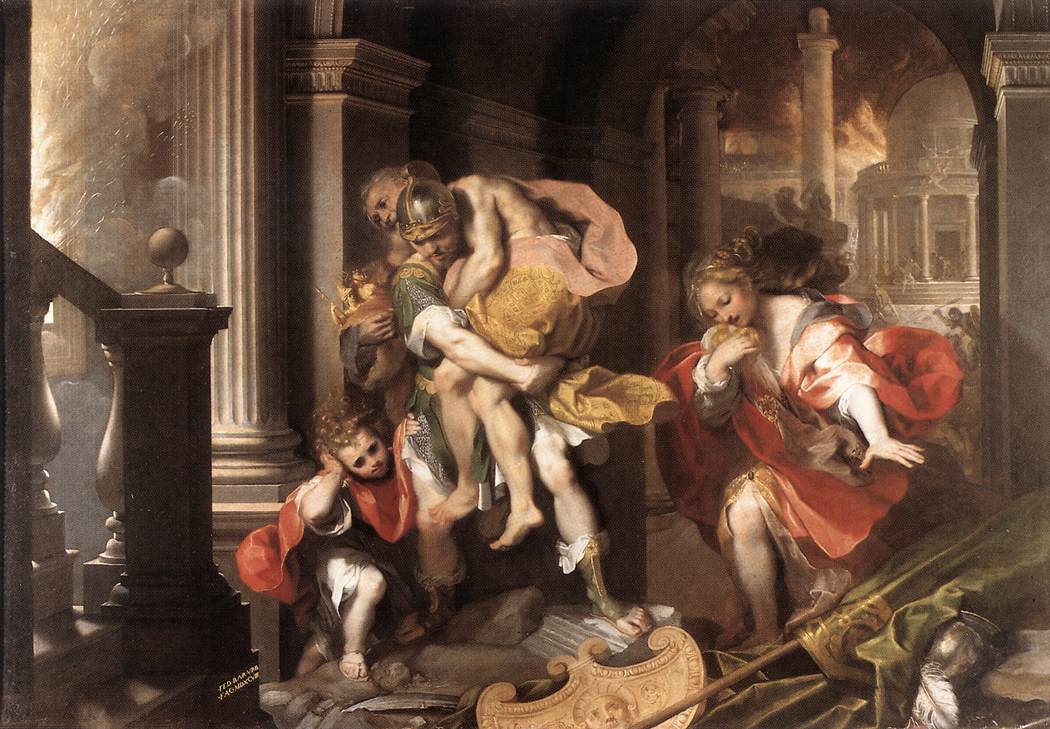A Lego Theory of Academia & Fandom
Jenny Keegan / Louisiana State University Press

I am talking to a man about a piece of writing. He is concerned about the possibility that this piece of writing is perhaps not the final word on the matter. Perhaps someone with more power and authority than the author of this piece of writing will have a different interpretation of the thing on which the piece of writing is based. How will it account for that? It won’t, I tell him. This piece of writing is simply one possible take. Other people having different takes, and sharing them, and talking through their differences, is the point of the exercise. Nothing is final; everything is communal.
Academia, or fandom?
It’s academia! Your hint was that I rarely, rarely talk to men about fanworks unless they are already in fandom, in which case they do not need me to explain how fundamentally iterative transformative fanworks are meant to be.
One of the most consistent dings on fanfiction is the fact that it derives from a source text, the implication being that a piece of art can’t be worthwhile without that new-car smell. Fanfiction’s champions tend to argue for its legitimacy by citing undeniably canonical works from the history of literature: The Aeneid is a fic of the Iliad. Samuel Richardson corresponded with and encouraged a woman writing fic of his work. Byzantine literary culture had a whole genre around assemblage. For my own list in fan studies, I’m perpetually seeking out scholarship that expands the genealogies of fannish history as far back into the mists of time and into as many spheres and disciplines as humanly possible.
None of this is false or invalid, but as an academic gatekeeper for fan studies (among other things), I’d love for the legitimacy of transformative works to be proved by an avenue that doesn’t reinforce the concept of single authorship. The myth of the solitary genius rarely holds much water, examined too closely, but fanfiction’s very being calls it into question. Moreover, the insistence that thingswithwings is doing something quite similar to Virgil—while true!—elides one of the most central facts of transformative fandom: its emphasis on community and the shared ownership of the stories being told.

The best parallel isn’t literature at all but academia, which at its best is both derivative and communal in many of the same ways as transformative fandom. Derivation from work that has come before is central to the scholarly project. A piece of scholarship that fails to acknowledge its fellow scholars won’t get past peer review. Its ability to be in conversation with its community isn’t just a strength; it’s a necessity.
The concept that a text—or a history—is never closed, but is inherently multiple, is one of my favorite things about both academia and fandom. As a scholarly publisher, LSU Press strives to promote work that advances the conversation and pushes other scholars to think in a new way about the disciplines we think we know. You could make the argument that the humanities have no canon, only a series of ever-evolving headcanons taken up and discarded by the fannish community. Or you could say that the canon is reality, and there are no showrunners, just a series of BNFs (published scholars) periodically upsetting the applecart by tracking down brand new canon for all the fans to chew on. Medieval history has thoroughly upset the segment of fandom that yearns to nostalgically retcon Europe in the Middle Ages as an all-white space; Civil War historians are in the process of jossing the fanon of Robert E. Lee as a man of conscience who opposed slavery.
Fandom and academia share a communal ability to keep poking at a text, whether that text is the ever-growing oeuvre of the Russo brothers or the history of European colonization of North America. There is no single story, no final version with which everyone can be contented. Instead there is space to work/play with everything that has come before, in the hopes of finding out some new insight, some new version of the story that resonates differently or creates new connections. Anytime my press is considering a book we ask, “How does this add to the conversation? What makes this matter?”

At the risk of throwing my metaphor-hat into an overcrowded metaphor-ring, I like to think of creating like playing in a vast pool of Lego bricks, where every Lego is an idea, and the things you and your pals can make with them are infinite. (My parents were very broke when I was growing up, and they did not like to step on Legos. I have played with Legos maybe once in my life ever, so please bear with me if I do not accurately describe the Lego-playing experience.)
The cult of originality likes to insist that their baller Lego fighter jet was created in complete isolation from community; they insist their jet has no component parts, no matter how clearly Peter Wimsey is descended from Bertie Wooster. At most they will concede that once they saw a Lego submarine with a similar kind of propeller as the propellers on their fighter jet. By contrast, fanfiction and academia show their work, and their participation in a community of thinkers, as an ineluctable part of the process. The square yellow brick is Hélène Cixous. The long thin red brick is a square from a Bingo Challenge. The builder loves like their own child possesses an affective engagement with their creation, while simultaneously hoping for it to be hacked up and reconstituted by other members of the community.
The wonderful thing is that nobody is ever alone with their Lego sets. Fundamentally, academia and fandom are both about community. They’re about many minds coming together to produce new ideas and help each other with new creations. To hell with the solitary genius. We stand on the shoulders of giant (Lego tower)s.
Image Credits:
1. Lego brand bricks, all the better for building up.
2. Federico Barocci’s depiction of Aeneas fleeing Troy in the Aeneid.
3. The protagonists of The Lego Movie preparing to build together.
Please feel free to comment.